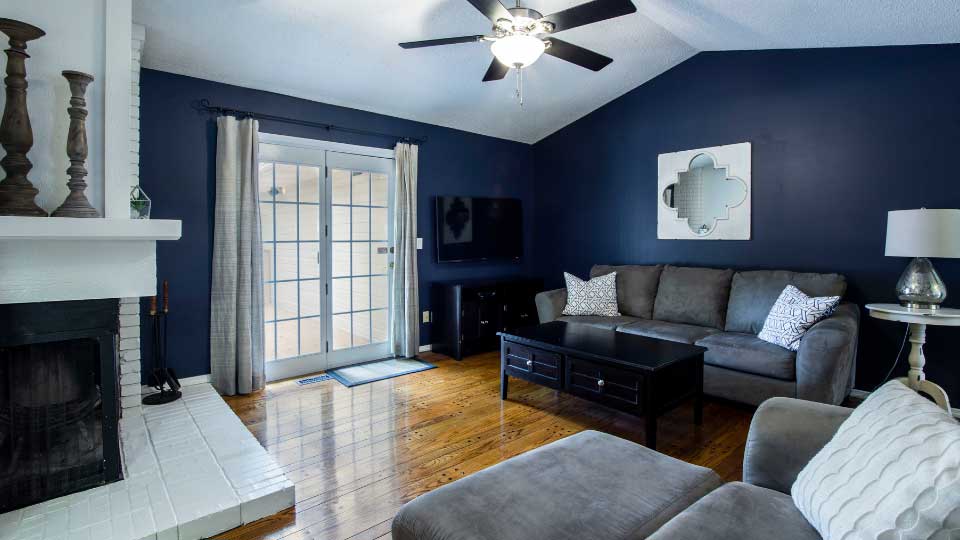In the insurance world, most people (and major insurance companies) focus on insurance policy rates. What often gets overlooked or completely ignored is the substance behind your home insurance policy. In other words, little time is spent understanding what your policy actually does to protect you and your family.
What follows is a quick look at how your homeowner’s insurance policy can protect you from accidents. Your rate and any quotes that you get from insurance companies will depend upon many factors including your zip code, the condition and age of your home and various other factors.
3 Ways Home Insurance Protects You
When looking at your home insurance policy, there are three main areas that each policy will focus on with varying levels of coverage:
- Repair work on your home, yard and other structures on your property.
- Replacement and/or repair to your belongings (furniture, appliances, etc.).
- Liability coverage if someone is injured or belongings are damaged on your property.
Common Home Insurance Coverage Types
While every policy is different, and every insurance company has its own spin on these policies, there are a core set of coverage types included with each homeowners insurance policy. They include:
- Dwelling: Covers damage to your actual home and any attached structures like a porch.
- Other Structures: This covers any structures you have on your property like fences, sheds, pool houses, etc.
- Personal Property: Covers the replacement or repair of your belongings that are stolen or damaged in a covered event. Covered events vary on the insurance company and the policy.
- Living Expenses: If your home is being repaired due to a covered event, insurance companies will pay for living expenses during the repair of your home.
- Liability: If you unintentionally injure someone or damage property because of neglect of your home, you may be eligible for liability coverage.
- Medical Payments: Coverage to pay for medical treatment for someone injured on your property.
- Drain & Sewer Backup Damage: Coverage for sewer back-ups or sump pump overflows.
What’s NOT Covered by Homeowners Insurance
While you may have selected the ultimate level of coverage for your homeowner’s insurance policy, it does not mean that every single accident is covered. In fact, many natural disasters are often unavailable in a standard home insurance policy and requires extra insurance policies. For instance, in some states, windstorm insurance is available.
Here is a list of some of the accidents that your policy is likely to exclude:
- Flood damage
- Earthquakes
- Landslides
- Sinkholes
- Animal infestations like birds or critters
- Other infestations like fungus, mold and more
- Some forms of neglect or wear and tear
- Nuclear hazards or waste
- Government actions and wars
- Power failures
Conclusion
The moral of the story when it comes to home insurance is understanding what your policy is doing for you. Yes, you should shop for the best rate, but never sacrifice peace of mind simply to save a few dollars a month. While statistically speaking, some accidents might not be likely to happen to you, they are happening to someone. You do not want to be that person and also not have the coverage you need to protect you and your family.


